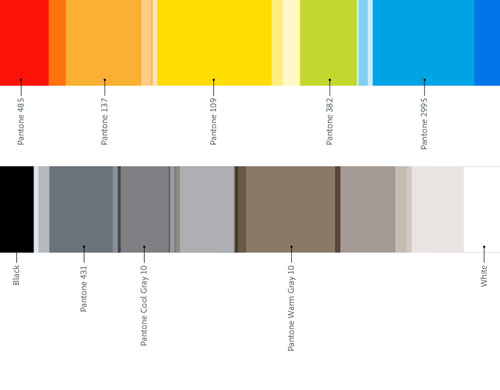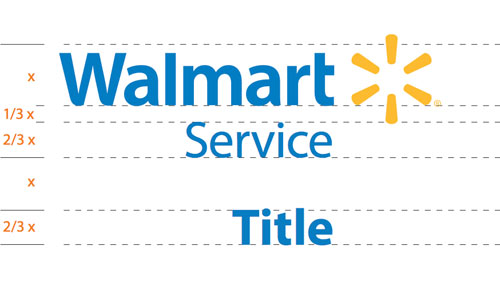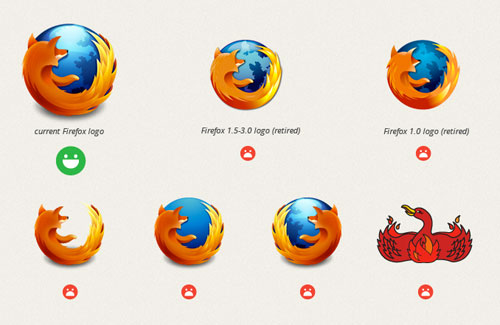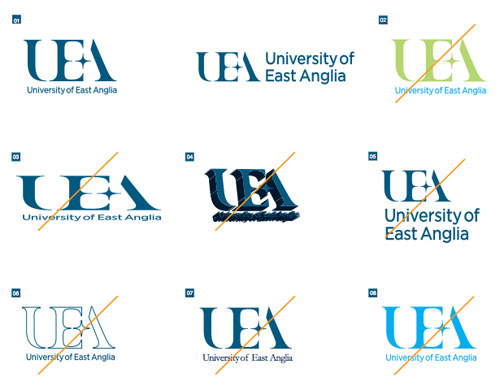Apple and its sub brand iPhone are the two most desirable brands in the UK.
The top echelons of the 2013 Brand Desire listing, from agency Clear, are a varied mix of products, services and categories. Within it, Ferrari revs it up for avid fans at position three; Tiffany sparkles with affordable luxury at number four; full of British heritage, Marmite is loved at number five and new entrant Calpol climbs comfortably into position 13 with a caring touch.
There is plenty of evidence to suggest that brands are valuable assets but what makes them desirable? Clear’s study suggests it is a unique balance of energy, substance and connection, qualities that have a profound effect on how the brand makes the consumer think, feel and act.
“Desirable brands make us think, feel and act differently to ‘non-desirable’ or ‘neutral’ brands,” comments Peter Askew, director of strategy at Clear. “We see a world now where CMOs are under increasing pressure to improve the commerciality of marketing to deliver returns and with these measures we are showing how you can use that desirability to create commercial return.”
Through talking to 60,000 consumers across multiple categories and brands, the Brand Desire Index compiles Brand Desire Scores for each brand in the study. A score of 100 means a brand has average desirability, over 100 and a brand is doing well and under 100 doing badly.
At the heart of this desire and success are energy, substance and connection, what Clear terms the ‘Triangle of Impact’. Validated by three years worth of Brand Desire data, this formula shows three primary determinants or characteristics of a brand’s ability for not just greatest desire but greatest commercial impact. This is where brands like iPad, Apple, iTunes, Amazon, Fairtrade and Marmite – which have all been listed in the study’s top 20 for the second year running - continue to tick the right boxes.
Energy is a measure of how the brand is energising the organisation towards success, having an ambition that is genuine and viable in the sense that it is rooted in the reality of the business they are in. The tangible proof of that energy, ‘substance’, isn’t just about producing a great product or service but continuously re-evaluating and innovating to ensure the brand has a real role in people’s lives. The other factor central to a brand’s desirability is what Clear calls ‘connection’ - the personality that makes people want to connect with a brand in the same way they befriend others.
Calpol, listed as the 13th most desirable brand in the UK, is an example of the importance of energy. The over the counter medicines category is not known for brand with big energetic purpose, however, Calpol has carved out an appeal around helping consumers to ‘care for your little one’. “It is not just a pain relief analgesic for under eight year olds, which is typically how the category would talk,” comments Askew. “It has gone for a much more emotive energy that really connects with the target consumer and is a real proof of the triangle principle.”
Function is the new emotion
In the UK we see brands delivering more on functional attributes than those in last year’s index did. Austerity could be a strong factor in making UK consumers reassess their priorities and brands are soaring to the top of the table because of the way they deliver on rational drivers for purchase. “One of the big things we noticed across the board is how substance comes under particular scrutiny across categories in 2012 as people look to get more benefit and value from the things they are spending their diminishing disposable income on,” notes Askew. “That isn’t to the exclusion of emotion but the functional delivery seems to have won out.” In 2013 things must work better – not just look better – in order to justify a price premium.
Transparency is crucial for brands now and this is evidenced in this year’s study by the meteoric rise of brands like holiday review site TripAdvisor
Value
While governments and economists are grappling with financial figures that make them nervous, UK consumers want products and services that help them to continue a good life in current circumstances. Although the UK has had its national pride elevated by factors such as the Olympics, these are still austere times. Many brands that empower consumers and help them to find the best value for money have received very high rankings in this year’s Brand Desire study.
Amazon has maintained its position as one of the most desirable brands and this year is positioned at number seven. Meanwhile new entrant TripAdvisor is ranked number 11. The wider brand study reveals value retailers experiencing some of the biggest jumps in desire compared to other categories this year. These retail brands include Ikea, positioned as the 35th most desirable and showing a 53% rise in desire; Lidl at 174th with an 80% rise and Morrisons at 141th with a 61% rise in desire.
Doing good and well
Interestingly three of this year’s top 20 most desirable brands are charities. World Wildlife Fund (WWF) is the 16th most desirable; Fairtrade is the 19th most desirable and Unicef the 15th. However, this doesn’t mean the connection between doing good in the world to doing well in the desirability stakes is exclusive to charity brands. In the wider study Body Shop, Ecotricity and Innocent – all categorized as ‘on a mission to improve society – scored 132, 154 and 166 on brand desire points respectively. This has made them the 93rd, 39th and 21st most desirable brands in the country. “A mission to do well is all very well,” notes Askew. “But if you want to have commercial impact you have to link that back to meaningful products and services that make people’s lives better.”
Getting real again
Transparency is crucial for brands now and this is evidenced in this year’s study by the meteoric rise of brands like holiday review site TripAdvisor. A new entrant to the ranking and in at number 11, TripAdvisor’s success underlines the importance consumers place on brands, which are seen to be real and authentic. A community of 200 million visitors use the site every month to help others plan the perfect holiday.
“People are looking for authenticity and reassurance in brands and this is a reflection of more cynicism towards marketing and marketing messaging,” comments Askew. “The theme goes hand in hand with function being the new emotion and for marketers this relates to brand personality and what you might deliver in your messaging.”
Personality counts
Clear builds upon the established knowledge that consumers look for certain values in the brands they buy. Clear categorises both brands and consumers into six different typologies. The brands people connect with are one of six types: ‘cool’, ‘sociable’, ‘status’, ‘care’, ‘respect’ and ‘reassure’. Whilst consumers are seen as either ‘social butterflies’; ‘cool hunters’; ‘badgewearers’; ‘responsibles’; ‘play it safes’ or ‘respect commanders’.
In the knowledge of these findings, brands wanting high levels of brand desire should be either matching their typology to a consumer typology or breaking out of it in order to connect.
“Across all categories we see brands missing out on opportunities to connect with people,” says Askew. “For example, if a consumer normally buys into aspirational brands, but doesn’t find these in a particular category, they are forced to connect with a brand typology they wouldn’t normally choose.”
Clear’s study underlines that not only can desirability deliver commercial success but that the opportunity is there for anyone to build a desirable brand. “Any brand can be successful if they think about the world in terms of the three principles of energy, substance and connection,” says Askew. “Brand Desire is about having an offer that continuously makes a difference to people’s lives.”
Brand reaction
Barbara Messing, chief marketing officer of TripAdvisor
We look to deliver on each of these drivers of ‘Think’, ‘Feel’ and ‘Act’ for our TripAdvisor community. As for Think (achieving recognition), we encourage our travellers to submit content on TripAdvisor by recognising them with badges to highlight their contribution level, and we often hear from travellers how much they love this feature.
Feel (provoking emotion) is a significant part of the travel planning experience—holiday time is precious and it’s essential to make informed decisions on the right places for you to eat, play and stay—TripAdvisor gives travellers confidence with the valuable candid user reviews to help them plan their perfect holiday. We also inspire our travellers with our Travellers’ Choice awards highlighting travellers’ favourite hotels, destinations, restaurants and more around the world—which is part motivating action and part provoking emotion.
Our connection is all about our community—we have an enormous community of 200 million monthly visitors that shares opinions on all things travel and even connect with their friends and friends of friends via Facebook on TripAdvisor.
Anna Hill, chief marketing officer, The Walt Disney Company UK
The Disney brand stands for high quality entertainment driven by a deep passion for creativity and storytelling that families can share together. What separates us from other entertainment companies is that while others may have good stories and characters, no one has a brand that means something to their consumers like Disney does.
We’re delighted to be recognised as one of the top 20 most desired brands in the UK. The metrics used in this study are all very relevant in terms of the way we run our business and manage our brand, and it’s great to see that we are well balanced in terms of brand substance, energy and connection, and how we make our audience think, feel and act.
From a brand energy perspective, the mission to have a positive impact on society is one that comes right from the top and permeates the whole company.
Case study: GHD
As modern grooming takes on even more gloss and associated maintenance, innovative brands rush in to assist. Having a ‘good hair day’ is made easy by British brand GHD, which has catapulted into the top 20 of the Brand Desire listing through its savvy ability to bring personality and substance into a very functional category.
In a relatively short 12-year lifespan GHD has built a strong following of brand advocates. It leverages its more than one million Facebook fans to listen carefully, gain insight and amplify its existing branding work. By creating an ongoing dialogue with the people who love and buy the product, GHD can respond directly to its audience and deliver products they want.
GHD’s latest launch, ghd eclipse exemplifies why it scores a high 174 on brand desire and is currently ranked 12th in the UK. The brand typically marries together energy, substance and connection with its innovative launches. The new styler energises the category with new tri-zone technology.
“When GHD was launched back in 2001 it revolutionised the way hair was styled - from the way in which hairdressers could work, to giving women the power to easily achieve a professional-looking style at home,” explains Paul Stoneham, Chief Executive Officer at GHD. “Our ongoing quest is to launch products with ground-breaking technology of professional stylist salon quality that make life easier for our clients.”
Driven by the insight that having that ‘good hair feeling’ is confidence boosting for any woman, GHD very much understands the emotional connection between a woman and her hair. It couples this with having fun, bringing out trend-led limited editions that feature the most popular products in coveted colours and designs, accompanied by collectable accessories.
The brand purpose is encapsulated in the name: having a ‘good hair day’ everyday. “GHD delivers something innovative that makes a meaningful difference but also aligns to its purpose,” comments Peter Askew, director of strategy at Clear. “GHD is not saving the world but it is inspiring for consumers and gives them extra confidence.”







